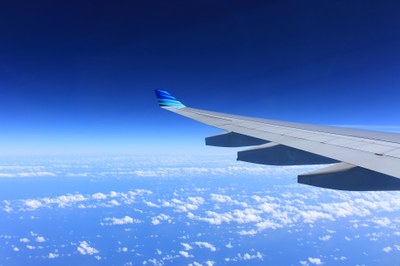Wildlife traffickers continue to profit from vulnerabilities in the global air transportation system
Jun 13, 2017
The high profits and low risk associated with trafficking through airports have attracted sophisticated criminal networks able to exploit the security vulnerabilities in the global air transportation system and the corruption at some airports. A ROUTES partner, IATA has become actively involved in the war against trafficking and at last week’s AGM in Cancun, 12 more airlines joined the 27 others that have signed a declaration committing the industry to tackling the illegal trade. IATA also signed an extension agreement with airports body ACI to work more closely together on the issue.
The ROUTES (Reducing Opportunities for Unlawful Transport of Endangered Species) report, ‘Flying Under the Radar: Wildlife Trafficking in the Air Transport Sector’, was produced by C4ADS, a Washington DC-based non-profit that reports on global conflicts and transnational security issues. It analysed airport seizures of ivory, rhino horn, birds and reptiles from January 2009 to August 2016. Collectively, these four categories account for two-thirds of all trafficked wildlife, according to the United Nations Office on Drugs and Crime.
The report finds wildlife trafficking is now a global problem across all continents that takes advantage of enforcement loopholes, lack of awareness, limited public and private sector coordination, capacity gaps, and lagging technology and procedures to move illicit products through the licit transportation system.
The seizure data indicates traffickers tend to rely on large hub airports and use various strategies to evade detection depending on the category. Tin foil, for example, has been used for years to hide ivory and other illicit products. The analysis also shows that checked luggage, rather than air cargo, appears to be the most common transport method used by traffickers across all four categories.


